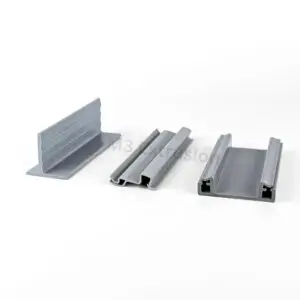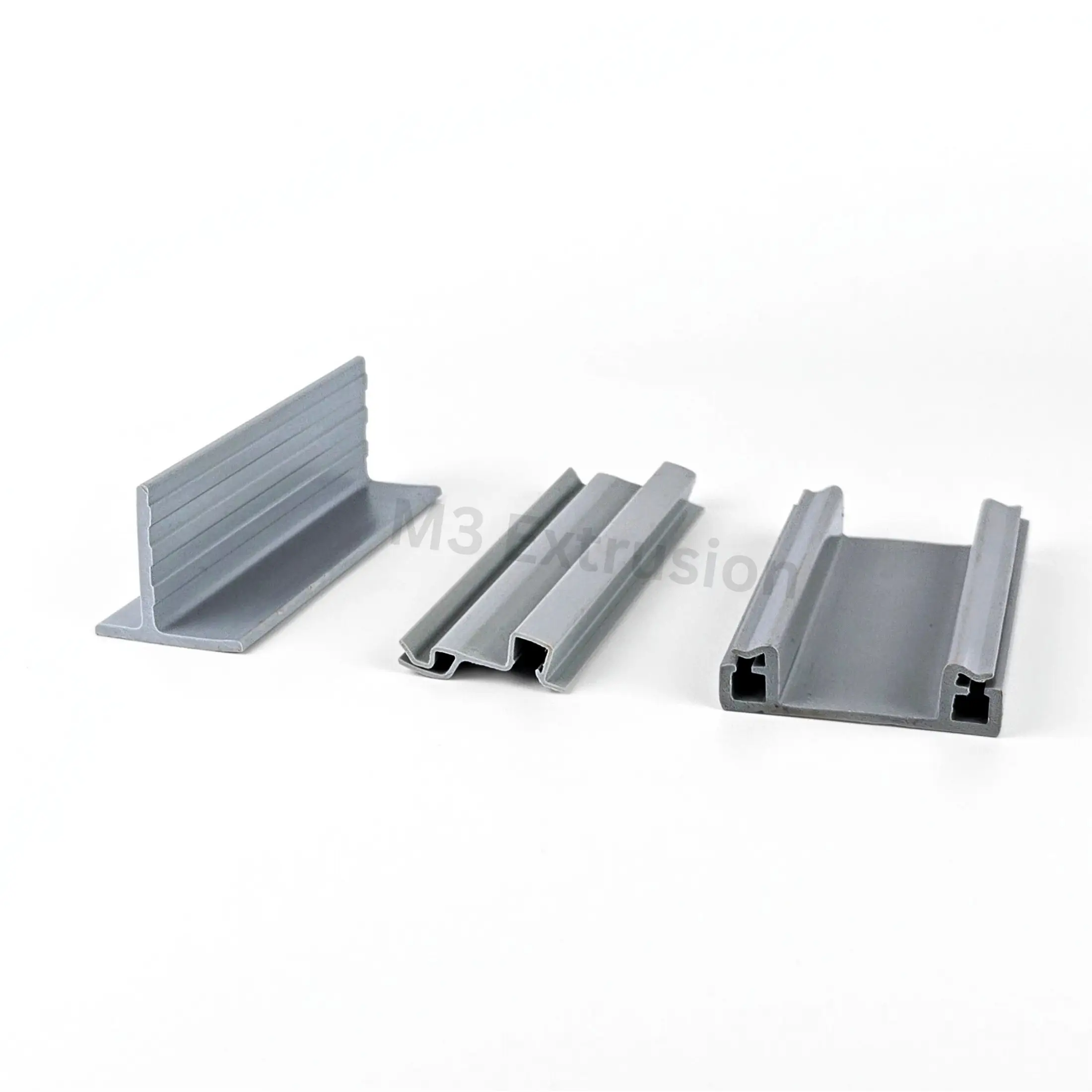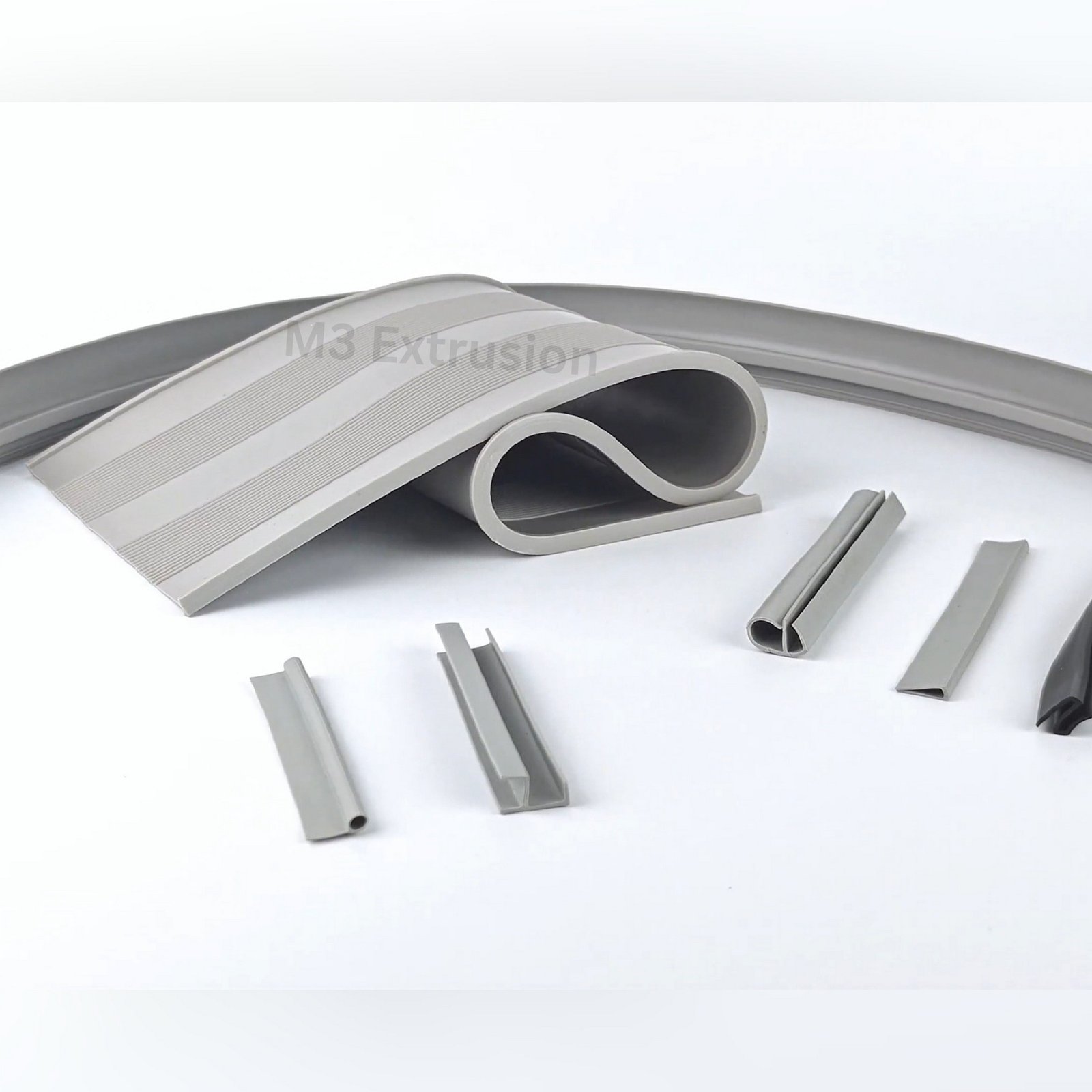In today’s fast-paced industrial and construction markets, businesses in the USA face constant pressure to reduce waste and avoid budget overruns. Choosing the right materials is often the deciding factor in whether a project stays profitable. One solution that has gained wide acceptance is custom extruded plastic in the USA. Unlike standard parts, custom extrusion allows companies to design plastic profiles and components that match exact specifications. This level of accuracy not only lowers material waste but also ensures smoother operations, especially for bulk production.

M3 Extrusion, a trusted name in the industry, supports businesses with high-quality plastic profiles that deliver consistent results and help prevent unnecessary losses during production and installation.
Why Waste Causes More Than Just Material Loss
Waste on a project site is not limited to discarded material. It often includes:
- Excess cutting and trimming due to ill-fitting parts.
- Downtime and labor costs caused by rework.
- Project delays when standard components do not match the design.
Each of these issues adds hidden expenses that accumulate quickly. For industries like construction, automotive, packaging, and electronics, even a small deviation in measurements can create larger downstream problems. By shifting to custom extrusion, businesses reduce these risks before they arise.
The Strength of Custom Extrusion
So, what sets custom extrusion apart from stock plastics?
- Precision fit – Profiles are produced to match the exact dimensions of your project, reducing reliance on manual modifications.
- Consistency at scale – Bulk orders maintain the same shape, strength, and quality from the first unit to the last.
- Material flexibility – Options such as PVC, ABS, polycarbonate, and high impact polystyrene make extrusion suitable for different industries.
- Longer lifespan – With accurate production, parts are less likely to fail prematurely, saving both replacement and labour costs.
For businesses managing high-volume projects, these benefits translate directly into controlled budgets and predictable outcomes.
Applications Across Different Industries
Custom extruded plastics are now a part of everyday manufacturing and infrastructure in the USA. Some examples include:
- Construction: window profiles, sealing strips, cable conduits, and protective trims.
- Automotive: impact-resistant panels, weatherstrips, dashboards, and lightweight interior parts.
- Retail and packaging: durable product displays, storage systems, and protective packaging.
- Electronics: casings, cable management solutions, and insulation covers.
Take construction as an example. When a company uses extruded window profiles, installation becomes faster and smoother since every component is uniform. This reduces on-site adjustments, keeps waste low, and cuts back on unexpected costs.
How Extrusion Helps Control Costs
The cost advantage of extrusion is seen in several areas:
- Reduced rework: Parts arrive ready for installation, saving time.
- Lower scrap levels: Accurate production leaves less offcut material.
- Energy and logistics savings: Extruded plastics are lighter than metals, which reduces transport and installation expenses.
For instance, a furniture manufacturer producing thousands of identical units benefits from bulk extrusion orders. Every profile maintains uniformity, ensuring faster assembly without interruptions.
Cost Efficiency to Long-Term Value
One of the most practical advantages of extrusion is how it supports long-term efficiency. By reducing mistakes and waste, businesses can plan projects with confidence. This ties closely to the idea behind how extrusion supports long-term project efficiency. Reliable profiles lead to smoother workflows, less downtime, and better budget management over the lifespan of a project.
For companies working on large-scale developments or ongoing product lines, this stability is often more valuable than short-term cost savings.
Sustainability and Environmental Impact
In addition to financial savings, extrusion supports sustainability goals. Many plastics used in extrusion are recyclable, and the process itself minimises offcuts. Because parts are designed to last longer, replacements are needed less often, reducing overall material consumption.
This combination of efficiency and environmental responsibility makes extrusion a preferred choice for businesses that want to balance performance with sustainable practices.
Making Smarter Project Decisions
When managers select generic off-the-shelf materials, they risk dealing with mismatches and waste. Custom extrusion allows for better planning, reduces hidden costs, and increases reliability across multiple industries. For businesses in the USA, working with reliable manufacturers such as M3 Extrusion ensures consistency, scalability, and reduced chances of costly overruns.
FAQs
- What does custom extruded plastic mean?
It refers to plastic that is shaped through extrusion into specific profiles or parts, designed to meet exact project requirements. - Which sectors in the USA use extruded plastic the most?
Construction, automotive, electronics, and retail packaging are leading users. - How does custom extrusion reduce waste?
By producing accurate shapes and dimensions, it reduces offcuts, trimming, and the need for rework. - Is custom extrusion more expensive than ready-made parts?
Upfront costs can be slightly higher, but long-term savings from reduced waste, bulk efficiency, and fewer replacements usually outweigh the initial expense. - Can extrusion help with sustainability goals?
Yes. Many plastics used are recyclable, and the process itself generates less waste compared to traditional cutting or moulding.




